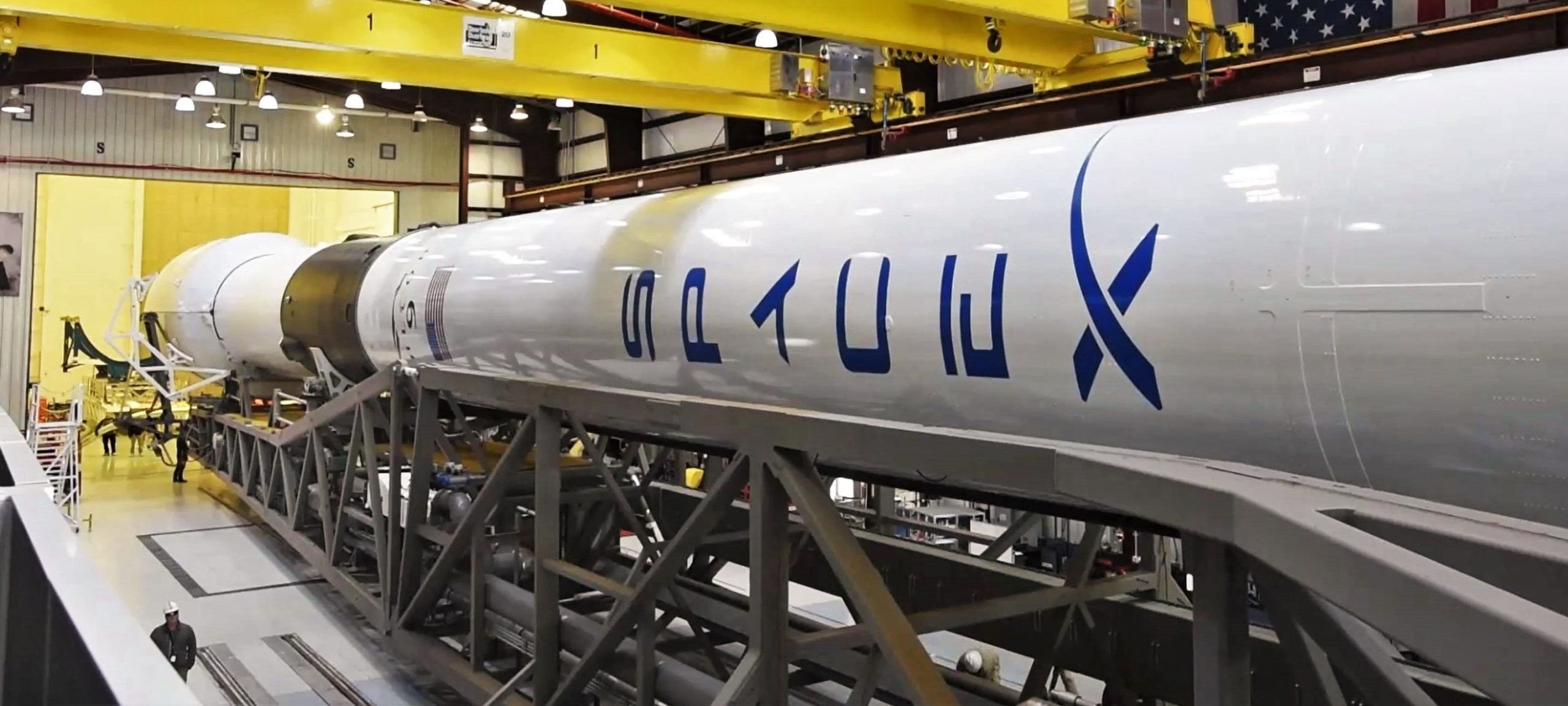
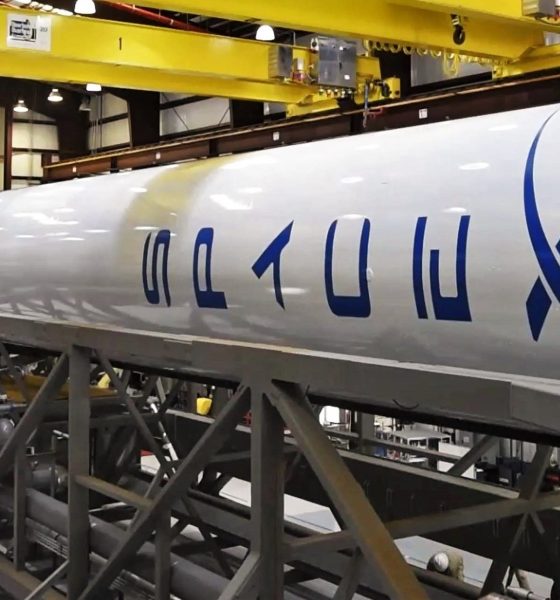
News
SpaceX expedites next Starlink launch as rocket recovery fleet heads to sea
SpaceX has found a way to expedite its next Starlink launch at the same time as its Falcon rocket recovery fleet heads to sea for attempted booster and fairing recoveries.
Discussed last week on Teslarati, Falcon 9’s seventh 60-satellite Starlink launch (known as Starlink-6) was recently delayed from April 16th to the 23rd for unknown reasons. Still expected to be the second time SpaceX launches an internal Starlink mission from its NASA-leased Kennedy Space Center (KSC) Launch Complex 39A (Pad 39A) after its March 18th Starlink-6 mission, Starlink-7’s launch date was slightly expedited on April 19th.
In a slight twist of fate, SpaceX has moved Starlink-7’s launch from April 23rd to no earlier than (NET) 3:37 pm (19:37 UTC), April 22nd. If the schedule holds and things go according to plan, SpaceX will thus launch its 422nd Starlink satellite – including two Tintin prototypes orbited in February 2018 – on 4/22. Given that it only began operational Starlink v1.0 launches five months ago, SpaceX continues to make extraordinary progress towards initial constellation operability in spite of technical challenges, high-priority customer missions, a global pandemic, and – most recently – tornadoes in the vicinity of Cape Canaveral launch facilities.
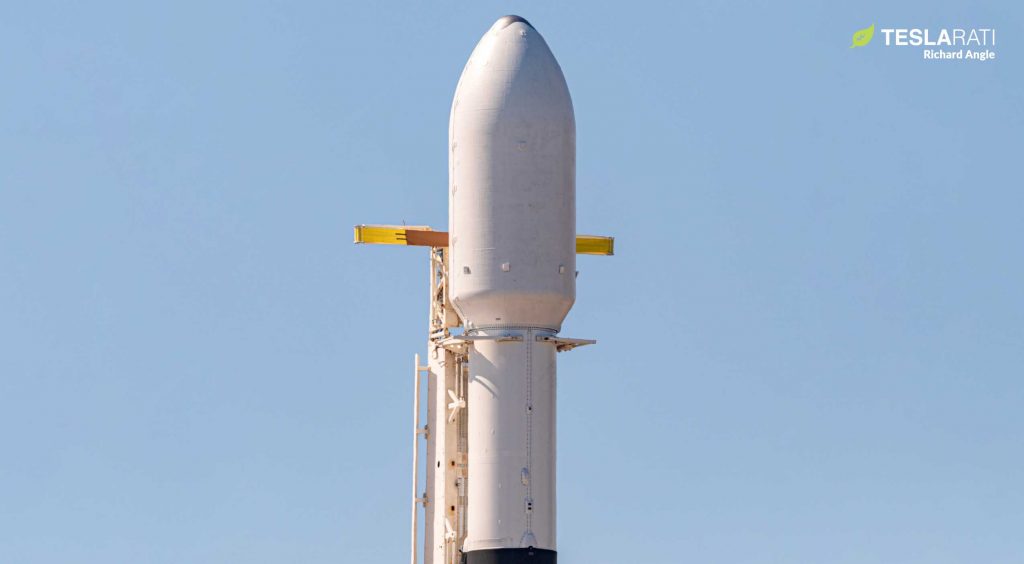
Aside from potentially pushing SpaceX well past the 400-satellite mark, the Starlink-7 launch is also the fifth time the company has dispatched its entire rocket recovery fleet — including drone ship Of Course I Still Love You (OCISLY), fairing catchers GO Ms. Tree and Ms. Chief, a tugboat, and a crew transport ship. Heading some 640 km (400 mi) northeast into the Atlantic Ocean, drone ship OCISLY left its Port Canaveral berth behind tugboat Finn Falgout early on April 19th.
About 36 hours later, twin fairing recovery ships Ms. Tree and Ms. Chief left Port Canaveral five minutes apart. At least twice as fast as the towed drone ship, both vessels – barring inclement sea states along the way – will likely arrive at the fairing recovery zone some 700 km (440 mi) downrange on the evening of April 21st. OCISLY should arrive at the booster landing zone around the same time.
Beyond a full recovery fleet, Starlink V1 L6 will also be the fifth time SpaceX attempts to catch both halves of a Falcon fairing and the third time it attempts to launch and recover flight-proven fairing halves. SpaceX has successfully reused fairings twice in November 2019 and March 2020, although only one of those four reused halves were recovered intact. As such, Starlink-6 will also be the third time SpaceX attempts to catch – or at least grab intact out of the ocean – a reused payload fairing.
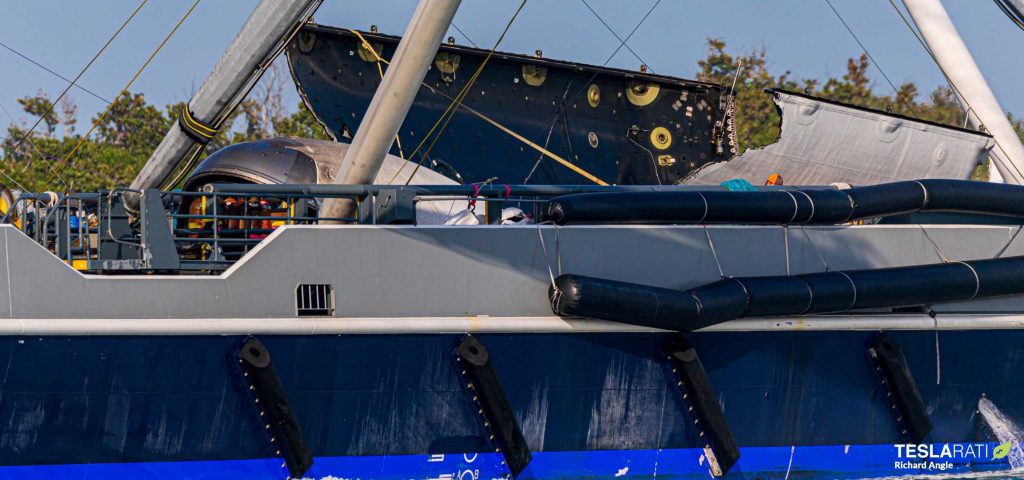
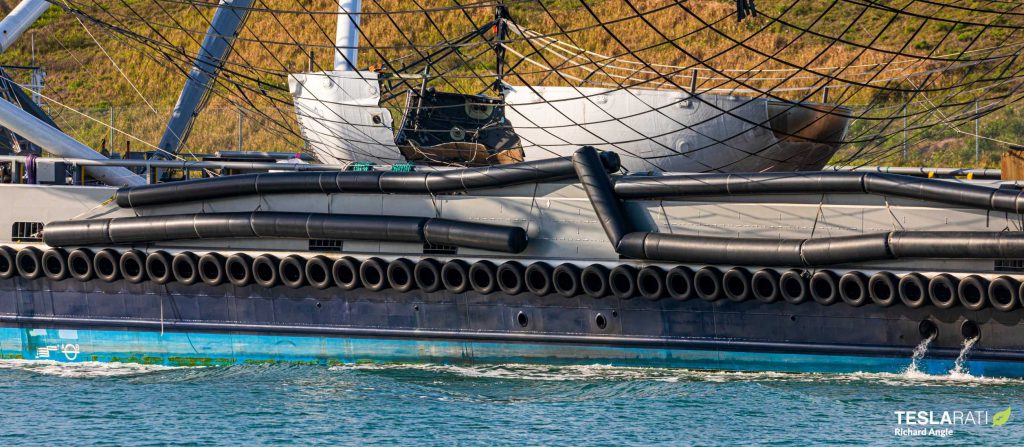
While SpaceX has a much better track record of successfully recovering fairing halves after soft ocean landings than actually catching them with Ms. Tree or Ms. Chief, even ocean recoveries are far from guaranteed. On SpaceX’s last two launches and ocean fairing recoveries, three of four halves were heavily damaged either before or during the process of lifting them out of the water, while one reused half made it back to port intact.
Meanwhile, Falcon 9 booster B1051 completed a successful preflight static fire test on April 17th, firing up its nine Merlin 1D engines to ensure readiness for its fourth operational launch, now scheduled for Wednesday, April 22nd.

News
Tesla is improving Giga Berlin’s free “Giga Train” service for employees
With this initiative, Tesla aims to boost the number of Gigafactory Berlin employees commuting by rail while keeping the shuttle free for all riders.
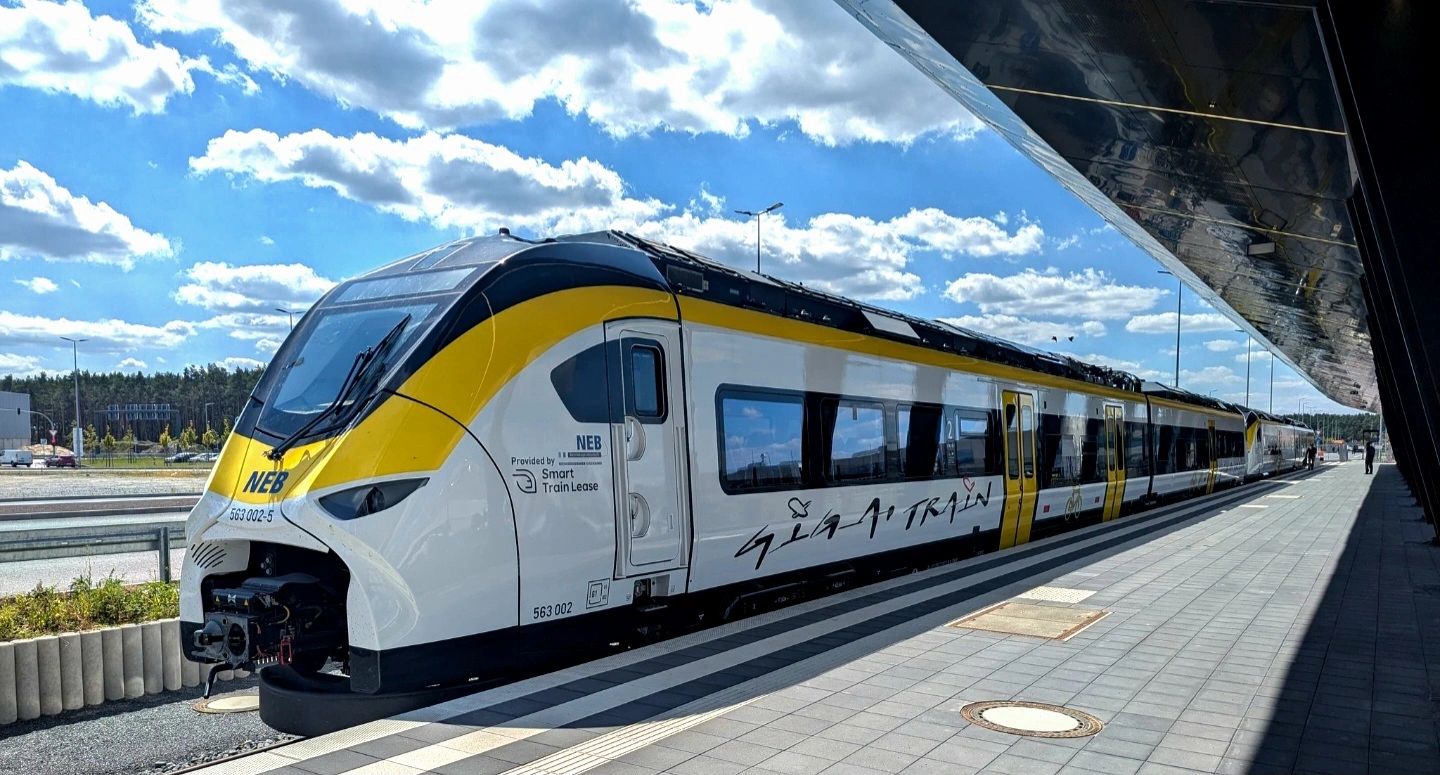
Tesla will expand its factory shuttle service in Germany beginning January 4, adding direct rail trips from Berlin Ostbahnhof to Giga Berlin-Brandenburg in Grünheide.
With this initiative, Tesla aims to boost the number of Gigafactory Berlin employees commuting by rail while keeping the shuttle free for all riders.
New shuttle route
As noted in a report from rbb24, the updated service, which will start January 4, will run between the Berlin Ostbahnhof East Station and the Erkner Station at the Gigafactory Berlin complex. Tesla stated that the timetable mirrors shift changes for the facility’s employees, and similar to before, the service will be completely free. The train will offer six direct trips per day as well.
“The service includes six daily trips, which also cover our shift times. The trains will run between Berlin Ostbahnhof (with a stop at Ostkreuz) and Erkner station to the Gigafactory,” Tesla Germany stated.
Even with construction continuing at Fangschleuse and Köpenick stations, the company said the route has been optimized to maintain a predictable 35-minute travel time. The update follows earlier phases of Tesla’s “Giga Train” program, which initially connected Erkner to the factory grounds before expanding to Berlin-Lichtenberg.
Tesla pushes for majority rail commuting
Tesla began production at Grünheide in March 2022, and the factory’s workforce has since grown to around 11,500 employees, with an estimated 60% commuting from Berlin. The facility produces the Model Y, Tesla’s best-selling vehicle, for both Germany and other territories.
The company has repeatedly emphasized its goal of having more than half its staff use public transportation rather than cars, positioning the shuttle as a key part of that initiative. In keeping with the factory’s sustainability focus, Tesla continues to allow even non-employees to ride the shuttle free of charge, making it a broader mobility option for the area.
News
Tesla Model 3 and Model Y dominate China’s real-world efficiency tests
The Tesla Model 3 posted 20.8 kWh/100 km while the Model Y followed closely at 21.8 kWh/100 km.
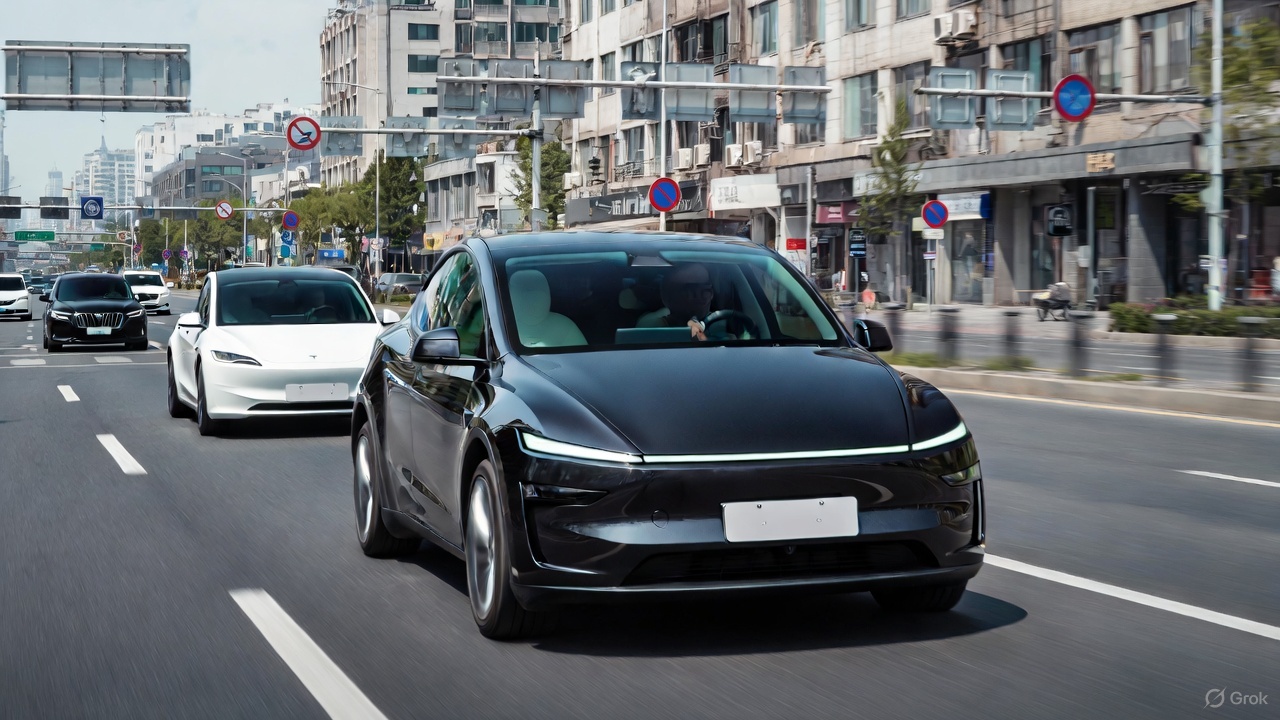
Tesla’s Model 3 and Model Y once again led the field in a new real-world energy-consumption test conducted by China’s Autohome, outperforming numerous rival electric vehicles in controlled conditions.
The results, which placed both Teslas in the top two spots, prompted Xiaomi CEO Lei Jun to acknowledge Tesla’s efficiency advantage while noting that his company’s vehicles will continue refining its own models to close the gap.
Tesla secures top efficiency results
Autohome’s evaluation placed all vehicles under identical conditions, such as a full 375-kg load, cabin temperature fixed at 24°C on automatic climate control, and a steady cruising speed of 120 km/h. In this environment, the Tesla Model 3 posted 20.8 kWh/100 km while the Model Y followed closely at 21.8 kWh/100 km, as noted in a Sina News report.
These figures positioned Tesla’s vehicles firmly at the top of the ranking and highlighted their continued leadership in long-range efficiency. The test also highlighted how drivetrain optimization, software management, and aerodynamic profiles remain key differentiators in high-speed, cold-weather scenarios where many electric cars struggle to maintain low consumption.
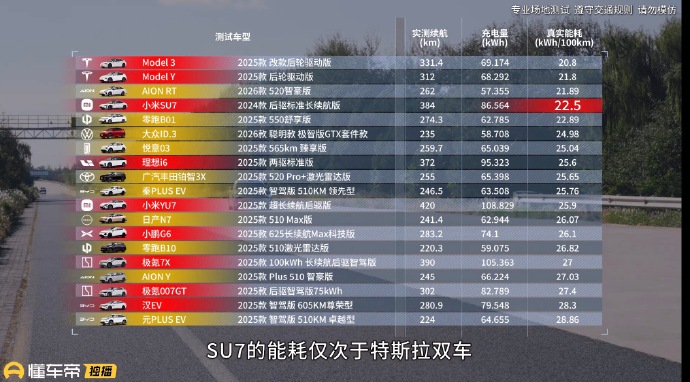
Xiaomi’s Lei Jun pledges to continue learning from Tesla
Following the results, Xiaomi CEO Lei Jun noted that the Xiaomi SU7 actually performed well overall but naturally consumed more energy due to its larger C-segment footprint and higher specification. He reiterated that factors such as size and weight contributed to the difference in real-world consumption compared to Tesla. Still, the executive noted that Xiaomi will continue to learn from the veteran EV maker.
“The Xiaomi SU7’s energy consumption performance is also very good; you can take a closer look. The fact that its test results are weaker than Tesla’s is partly due to objective reasons: the Xiaomi SU7 is a C-segment car, larger and with higher specifications, making it heavier and naturally increasing energy consumption. Of course, we will continue to learn from Tesla and further optimize its energy consumption performance!” Lei Jun wrote in a post on Weibo.
Lei Jun has repeatedly described Tesla as the global benchmark for EV efficiency, previously stating that Xiaomi may require three to five years to match its leadership. He has also been very supportive of FSD, even testing the system in the United States.
Elon Musk
Elon Musk reveals what will make Optimus’ ridiculous production targets feasible
Musk recent post suggests that Tesla has a plan to attain Optimus’ production goals.
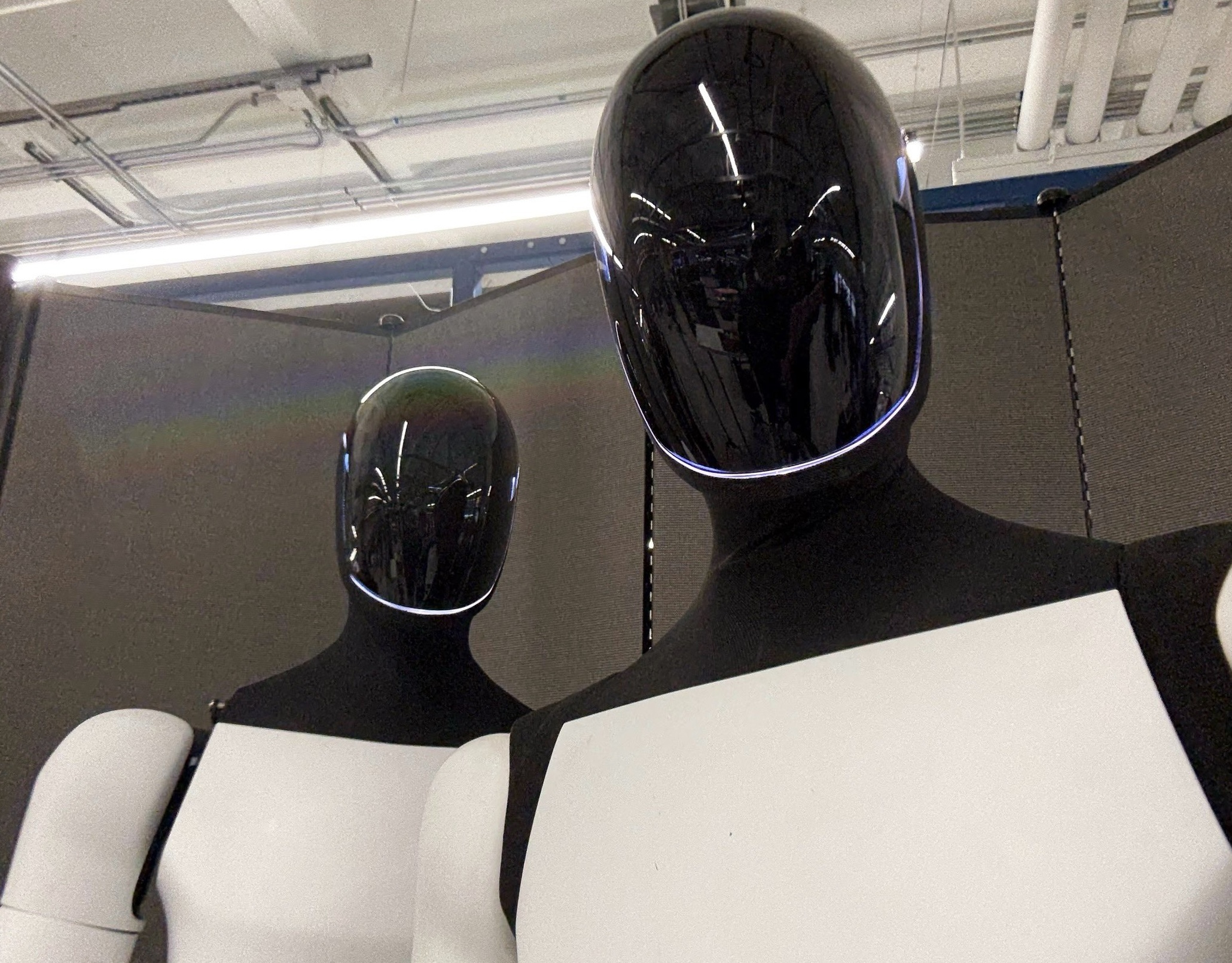
Elon Musk subtly teased Tesla’s strategy to achieve Optimus’ insane production volume targets. The CEO has shared his predictions about Optimus’ volume, and they are so ambitious that one would mistake them for science fiction.
Musk’s recent post on X, however, suggests that Tesla has a plan to attain Optimus’ production goals.
The highest volume product
Elon Musk has been pretty clear about the idea of Optimus being Tesla’s highest-volume product. During the Tesla 2025 Annual Shareholder Meeting, Musk stated that the humanoid robot will see “the fastest production ramp of any product of any large complex manufactured product ever,” starting with a one-million-per-year line at the Fremont Factory.
Following this, Musk stated that Giga Texas will receive a 10 million-per-year unit Optimus line. But even at this level, the Optimus ramp is just beginning, as the production of the humanoid robot will only accelerate from there. At some point, the CEO stated that a Mars location could even have a 100 million-unit-per-year production line, resulting in up to a billion Optimus robots being produced per year.
Self-replication is key
During the weekend, Musk posted a short message that hinted at Tesla’s Optimus strategy. “Optimus will be the Von Neumann probe,” the CEO wrote in his post. This short comment suggests that Tesla will not be relying on traditional production systems to make Optimus. The company probably won’t even hire humans to produce the humanoid robot at one point. Instead, Optimus robots could simply produce other Optimus robots, allowing them to self-replicate.
The Von Neumann is a hypothetical self-replicating spacecraft proposed by the mathematician and physicist John von Neumann in the 1940s–1950s. The hypothetical machine in the concept would be able to travel to a new star system or location, land, mine, and extract raw materials from planets, asteroids, and moons as needed, use those materials to manufacture copies of itself, and launch the new copies toward other star systems.
If Optimus could pull off this ambitious target, the humanoid robot would indeed be the highest volume product ever created. It could, as Musk predicted, really change the world.









